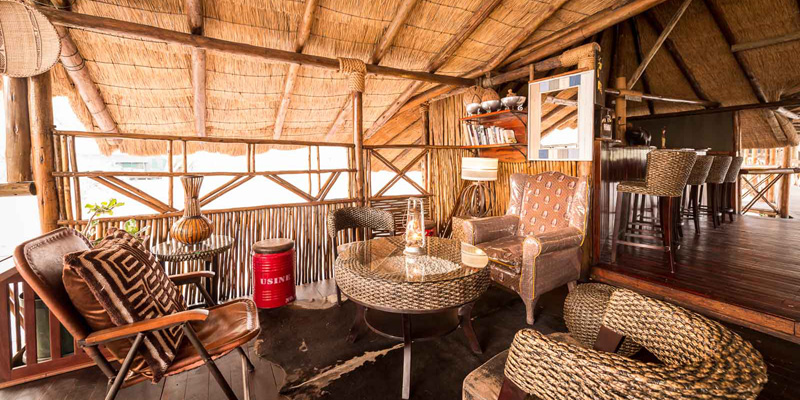Chobe region
The Chobe region around the enormously wildlife-rich Chobe National Park in the north of Botswana stretches below the Chobe and Linyanti rivers to the eastern ravine of the Okavango Delta. Visitors can expect fantastic animal sightings, 4x4 sand tracks and African wilderness par excellence.
Geography and climate in the Chobe region
In the Chobe there are numerous vegetation zones. The selection ranges from river groves, swampy areas and flood plains. However, deep sand landscapes dominate. The further away you are from the rivers in the north and northwest, the drier it gets. In the dry season from April to October, it is cooler and in the early morning in June or July, sometimes really cold (7 ° C). It can be very hot during the rainy season from November to March. Here the partly strong storms promise a welcome cooling off. The low sand tracks are then partly difficult or not passable.
Flora and fauna in the Chobe region
There are many tropical trees along the rivers, even marshy areas and papyrus banks. In other parts of the park, there are mainly tree and bush savannah with many thorn bushes. In the Chobe region there is an incomparable abundance of wildlife with huge elephant herds (several thousand elephants can be sighted at the same time in the hotter periods of the dry season at the Waterfront).

Places of interest - Chobe National Park
In the Chobe region everything revolves around the Chobe National Park. The wildlife in Chobe is immense. Of all game reserves in southern Africa, the Chobe has the highest wild stock. The park itself is also quite wild - in most parts there are no paved roads, so the use of off-road vehicles with all supplies is necessary. Only with 4x4 off-road vehicles, the network of pistes in Chobe National Park is open all year round.
Chobe National Park
Accommodation in the Chobe region
 Camp Savuti Lounge © Sun Destinations
Camp Savuti Lounge © Sun Destinations













